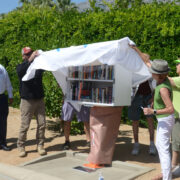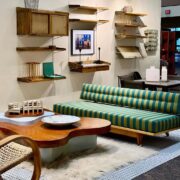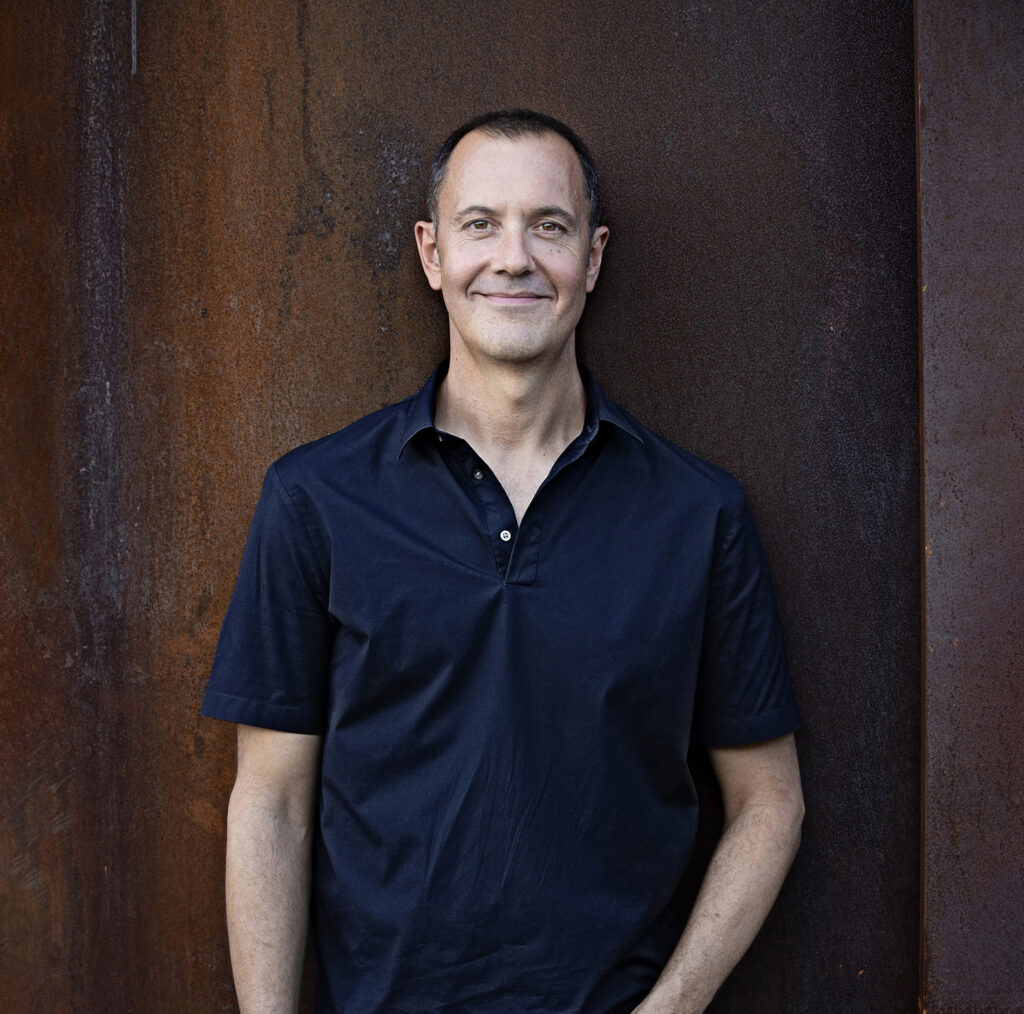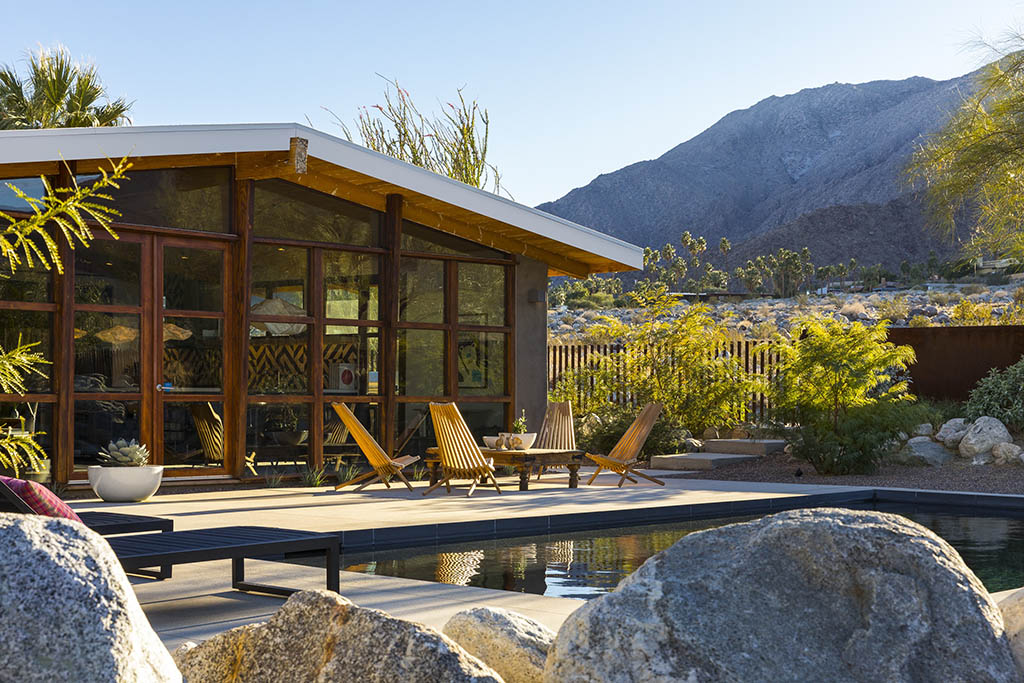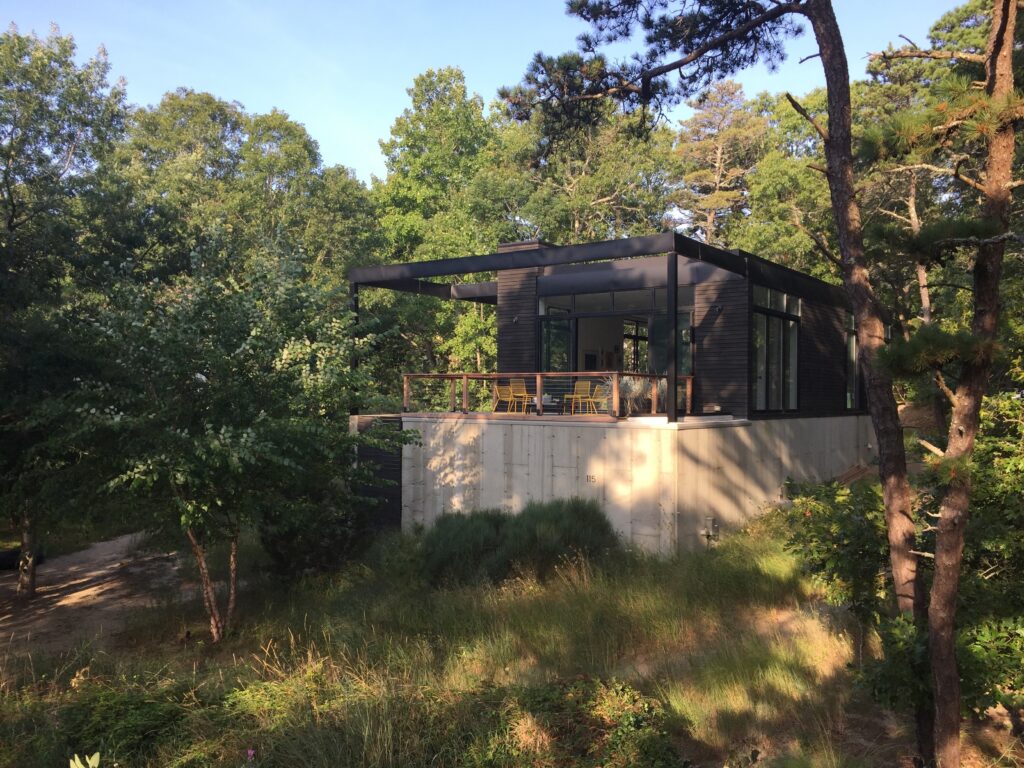The MADE By series profiles leading voices in architecture and design. Hundred Mile House is a residential design/build practice founded in 2006 by Duane Smith, an award-winning industrial designer with a passion for innovative beautiful environments. Hundred Mile House leads all phases of residential design and development for renovations and new construction.
How did you get started?
I was always interested in architecture and building from a very early age. I used to build houses with Lego and then draw the floor plans and elevations. My parents were both DIYers and did a number of home renovations and built a new home on their own, so I was often around construction growing up. This naturally led me to a career in residential design and construction.
What brought you to Palm Springs?
My husband and I lived in Los Angeles from 2012 to 2015, and came to Palm Springs on vacation a few times. We appreciated the mountain views, the warmth, and the evidence that exciting new things were starting to happen in the desert. We bought a MCM fixer-upper (tear down) in Chino Canyon and did a major overhaul with the intention of using it as a vacation rental and vacation home for ourselves. We both ended up working from home starting in 2015, and we were quite tired of life in larger cities, so we decided to see if we could establish ourselves in Palm Springs. Within months of moving, we had more friends than we had in Los Angeles and haven’t looked back.
You are both a designer and a developer. Can you describe how they’re interconnected for you?
In both my product design and architectural design experiences, an in-depth knowledge of materials, manufacturing, and construction is critical in the design process. This knowledge informs problem solving, helps drive innovation, and makes the entire process from ideation through construction completion more efficient. When a designer is more informed about how details can be executed or what the limitations or benefits of certain materials are, communication with the builder is less contentious and the relationship and process are more positive. When you have design and build under one roof and one team, this process is even smoother. In our team, the construction manager is involved at our schematic design phase to provide critical construction and budgeting input before we go too far down a path that might not match the program requirements.
Would you say that there are modernist impulses in your work, or modernist tenets from which you draw inspiration?
A portion of my education was at the Bauhaus in Dessau, Germany, so I’m certainly influenced and inspired by the modernist tenets that developed there – for example minimalism, form follows function, and truth in materials. Now that I live and practice in California, I have a different perspective and interpretation of some of the original tenets of Modernism. The indoor-outdoor connection and flow that California’s climate allows is certainly a focus for many of our projects, but adapting the traditional glass-walled openness and minimalism of Modernism for the harsher desert climate and making an energy efficient home with sustainable materials is a current focus. It’s easy to design a home with walls of glass, but doing so in an environment where temperatures reach 125 degrees is more challenging. I’m most recently interested in drawing on hundreds of years of traditional desert building techniques and adapting them with the use of newer materials and finishes. I personally like melding traditional Spanish-Moorish and West African building techniques and styles with the minimal palette of Modernist design.
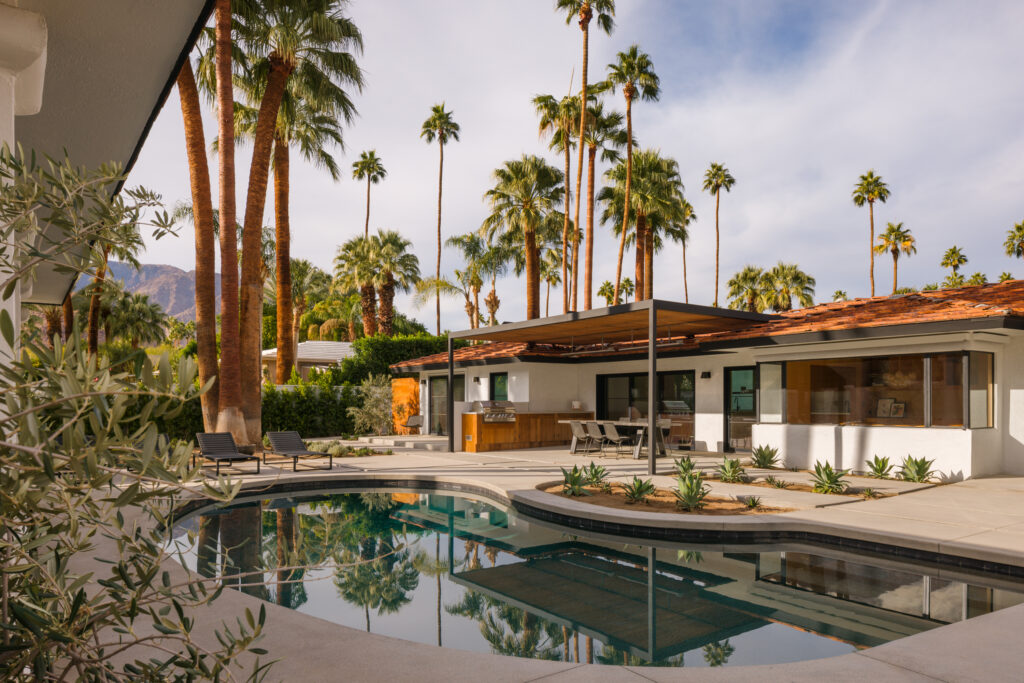
What is your approach to designing inspired spaces that are brand new but somehow do not feel like it?
We try to not follow fads or trends, and we look to areas outside of interior design and architecture for inspiration. We also advocate for warmer, living materials which impart a sense of history and can also patina over time to feel well-used and well-loved. The spaces we create must be comfortable and livable – throughout our design and construction process, we always have the clients’ primary needs in mind which are usually functional as opposed to aesthetic. That said, we still strive for beauty and freshness which often requires nudging clients outside their comfort zone. Innovation in any industry requires a lot of faith in the process and trust in the designer. I believe our most inspired and successful projects are those where the client had a large degree of trust in us and was willing to take some measured risks.
Who is your favorite midcentury modern designer and what influence have they had on your work?
Rudolph Schindler’s mastery and experimentation with volume, geometry, and materials constantly inspires me. I think our space planning, material usage, and incorporation of Japanese influences is derived from some of his work.
If you could work on anything in Palm Springs, what would that would it be?
I’ve designed retail environments and a medi-spa, and enjoy creating transient experiences for customers where they’re just in the environment for a short period. You can be bolder and more experimental with these spaces. I would love to work on a hospitality project like a hotel or restaurant, particularly if I could be involved in the full design direction, including branding, tableware, etc. My broad career has given me a lot of experience in many different areas of design from branding to housewares to apparel to environments, and a hospitality project could provide the opportunity to bring it all together to create an incredibly holistic experience.




